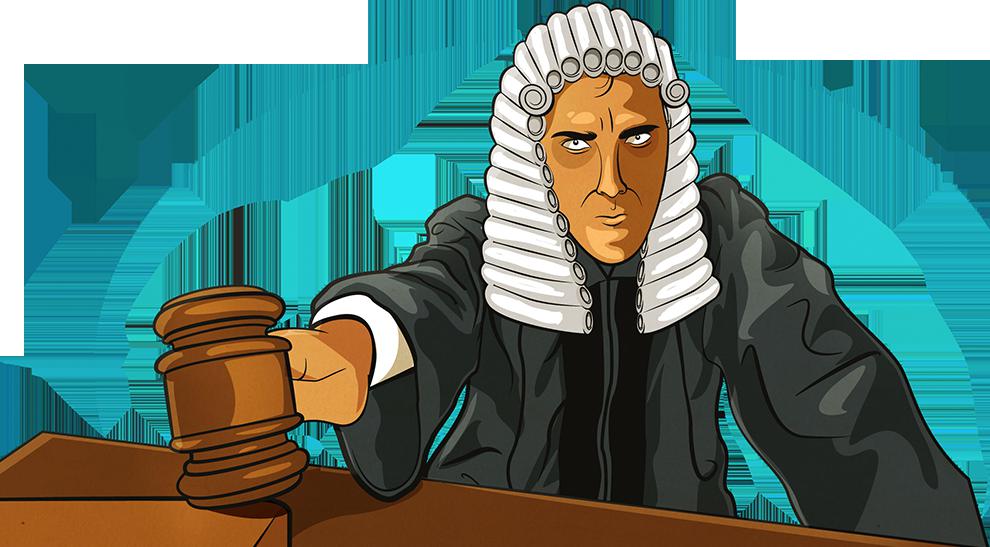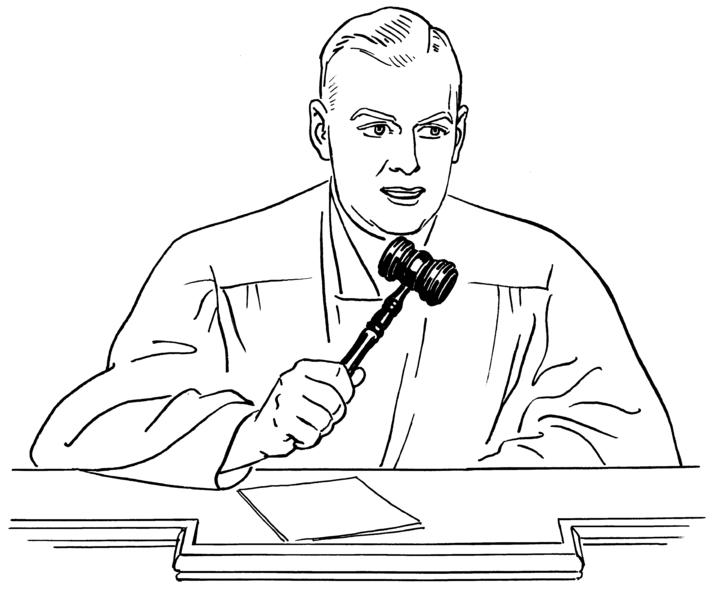Art. 136 Code of Civil Procedure describes the consequences of non-compliance with the points of the law on the content of the application submitted to the court, and the documents that are attached to it. The provisions of the article constantly cause difficulties and questions, even taking into account the accumulated practice.
Formal Application Requirements
An application to the court as part of a lawsuit or special proceeding is filed subject to the requirements of the law. They relate to its content, and details, and the rules for processing copies of documents that are attached to the lawsuit.

It would seem that complicated? In fact, both citizens and lawyers with experience make mistakes. The reason is either ignorance of the law or inattention. Leaving the statement of claim without motion is sometimes done on purely formal, in general, non-material grounds, which is not illegal.
Regulation feature
Leaving the statement of claim without motion does not have an exhaustive list of grounds. Judges are free to determine violations of Art. 131 and 132 GIC.
The list below contains the most typical cases for court practice.
Judicial practice and its role
Judges look at the same rules differently. There are no general recommendations of a Russian character. Courts of the regional and district level periodically conduct a study of the practice of applying Art. 136 Code of Civil Procedure of the Russian Federation.
An own approach to the application of these norms is being developed, even in the framework of one court there is sometimes no consensus on this matter.

The reason is the approach to formulating the rule of law. Trying to write an easy-to-understand normative act, the legislator lost sight of the fact that the lack of details causes difficulties and gives maneuver for manipulations and difficulties in finding a common understanding.
Gradually, the practice of applying Art. 136 Code of Civil Procedure in connection with the introduction of the procedure for filing documents in electronic form.
What mistakes are made
Art. 136 Code of Civil Procedure does not list specific violations, everything is exclusively in the hands of the judge. Nevertheless, there are still common ground for all:
- there is no full amount of information about the plaintiff, defendant or third parties (this includes the name, according to the charter documents, registration number, full name of the director or party and the address of location or residence);
- there is no clear statement of the circumstances of the claim (the full picture of the situation is not visible);
- the text does not include the price of the claim in property disputes;
- there is no information on the execution of the pre-trial procedure for resolving disputes when it is necessary;
- it is not clear what constitutes a violation of the rights of a state, municipality or an indefinite number of citizens;
- the prosecutor did not argue why the represented citizen needs his protection;
- there is no signature of the plaintiff or it is not indicated who signed the document;
- there is no complete set of copies, according to the Code of Civil Procedure;
- lack of receipt of payment of state duty.
Designation of the parties
The plaintiff, preparing documents, provides a minimum amount of information about the alleged participant in the process. Citizens with no experience indicate surnames and initials, although the name and patronymic are written in full. The same thing happens with the names of organizations. Mistakes in the title or spelling of the legal form cause confusion. The lack of an address prevents the sending of documents and a summons to the defendant.

The plaintiff and the exactor must not be confused in the application for the issuance of an order or the plaintiff and the applicant and interested persons with the defendants or third parties in a special proceeding.Judges often pay attention to this, referring to Art. 136 Code of Civil Procedure of the Russian Federation.
Circumstances of the case
The presentation of the material should allow the judge to understand the situation in order to decide whether it falls under the norms of civil law and which ones. Based on them, the judge will determine the list of material circumstances and evidence that, in his opinion, should provide the parties.
Cost of claim
Most often, probably, Art. 136 Code of Civil Procedure is mentioned due to the lack of price in the lawsuit. Citizens deliberately try to shift the calculation of prices and state fees to the judge. At the same time, there is no receipt confirming its payment. If possible, the judges immediately indicate the size of the fee.

Sometimes judges want to do different things. The definition proposes to invite an appraiser to evaluate the property. Further, based on the results obtained, it is proposed to calculate the state duty.
Pre-trial proceedings
Before submitting a lawsuit to the court, a claim or complaint is submitted first in order of subordination. For example, in consumer disputes with communication service companies, a complaint is first sent, and then, after receiving a response or lack thereof, a lawsuit is filed. In civil matters, the direction of claims is more important. Forwarding complaints in a civil proceeding to the prosecutor's office and other bodies is important as a means of collecting evidence.
When preparing a statement of claim, they forget to find out whether the law obliges first to resort to pre-trial procedure.
Mistakes by the prosecutor
Drawing up a statement of claim by the prosecutor implies two points:
- an employee or a disabled person with an elderly person needs help, and due to difficult circumstances they are not able to defend themselves in court;
- the interests of citizens of an indefinite number are at stake, for example, in connection with violations in the field of housing and communal services by monopolistic companies or authorities.
Representatives of the department should provide specific arguments justifying their participation in the trial.
Incorrectly signed statement
The signature is placed at the very end of the document after the surname and initials by hand. Before the signature, the procedural status of the signatory is indicated (plaintiff or representative of the plaintiff).

If the claim and materials are filed in electronic form, an electronic digital signature is required. Failure to comply with both rules entails leaving the claim without motion.
Number of copies
Usually, a list of attached documents is made under the text of the claim. If there is no document indicated in the list among the attached copies, the law is violated. The number of copies is determined by the number of participants in the process: one set for each - and one set for the court.
Court ruling
The determination is made under the signature of the judge indicating the number of the case, its subject (who filed a lawsuit against whom). The document lists the identified deficiencies and provides time to address them.

The law gives judges the freedom to set a time frame. On the one hand, this delays the consideration of the case, on the other, it may take a long time to correct some errors, and the return of the claim will lead to the passage of the statute of limitations. On average, a period of 2 weeks is provided. Judicial practice under Art. 136 Code of Civil Procedure of the Russian Federation in this part is ambiguous and is based on the individual characteristics of cases.
Some nuances
Judges leave the lawsuit motionless due to lack of evidence or incorrect statement of claim. The law excludes such actions, but does not directly prohibit them.
In Art. 136 Code of Civil Procedure of the Russian Federation with comments it is noted that the decision of the judge makes sense to appeal if all of its provisions are not substantiated. If the judge referred to the lack of a complete set of copies of documents and put forward an unlawful demand, the complaint will not be fully satisfied and will not bring a positive result.
